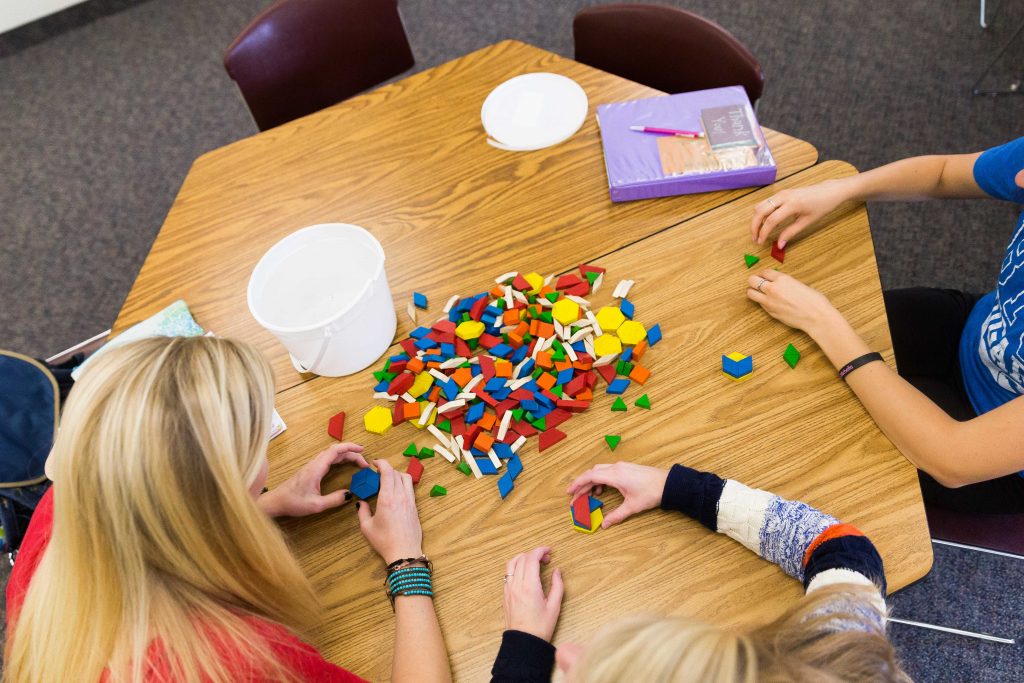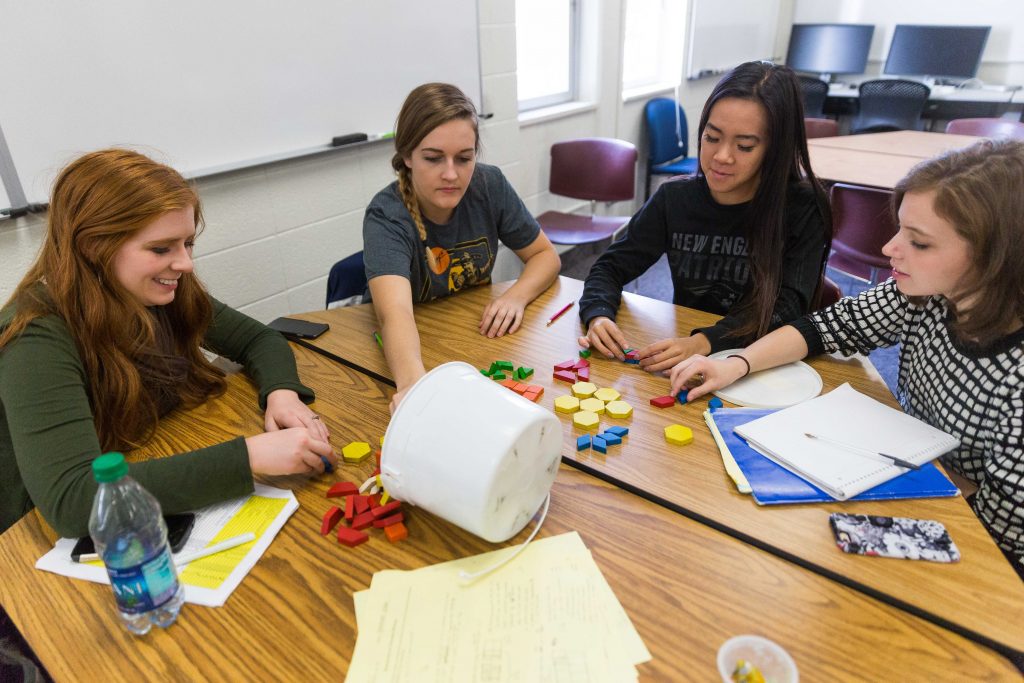Many elementary schools across the nation are cutting down on homework so students have more time for playing, reading and spending time with family. BYU professors and elementary education majors weighed in on the new trend.

McKay School of Education associate professor Timothy G. Morrison said research shows kids benefit from spending time outside and engaging in physical activity. The research on homework is more complicated.
“Since the type of homework kids have is varied in types of intensity, there are some activities that I think are beneficial for kids to do as homework, and there are some not as beneficial,” Morrison said. “It’s hard to say whether homework is good or bad.”
An example of effective homework for elementary grades, Morrison suggested, is spending a certain amount of time reading at home. If kids read text just for pleasure, it is going to benefit them in a variety of ways.
“They’re going to be exposed to a lot of vocabulary words that they wouldn’t be exposed to otherwise,” Morrison said. “Also, they’re going to consolidate reading skills and abilities the more practice they get.”
McKay School of Education associate clinical professor Gary Seastrand said there are positive outcomes to children spending more time with their families, although it depends on if and how the family uses the extra time.

“There’s no guarantee that anything happens differently,” Seastrand said. “What if a child has less homework, so they play video games longer? Where’s the benefit?”
Researcher John Hattie conducted meta-analyses showing how homework for elementary schools has minimal effect on improving student learning, Seastrand said.
For elementary students, homework has to relate specifically to a learning outcome and give them an opportunity to practice operations correctly, Seastrand said.
“That’s a big challenge in homework,” Seastrand said. “If a student gets assigned 20 math problems, and in 10 of those math problems they practiced those doing an operation incorrectly, that’s a detriment to learning — not an aid.”
Hattie’s research helps elementary schools understand maybe less really is better than more, Seastrand said.
Michelle Mitchell is a senior from Scottsdale, Arizona, studying elementary education. She said one of her professors taught her about Hattie’s research and the effect homework has on elementary students.
“Obviously for us (college students), homework is good because we can teach ourselves,” Mitchell said. “If you send homework with a young student, and they do the whole thing wrong, it will only reinforce incorrect methods.”
Mitchell said she believes less homework is more when it comes to elementary students.
“They’re in school for so many hours of the day. They need to go outside, play, spend time with family and do fun things,” Mitchell said. “They’re children!”




